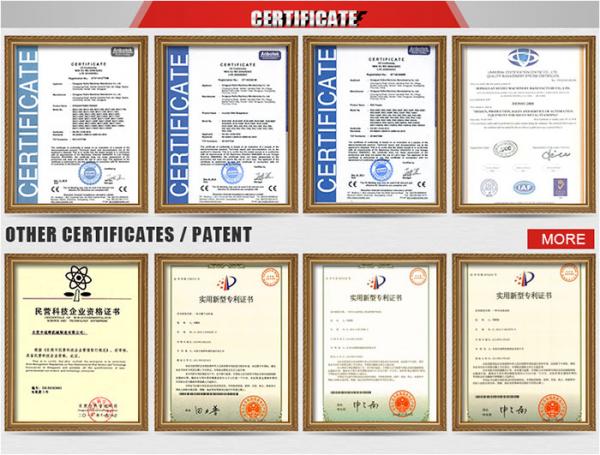RUIHUI founded in 2000, the technology of automation periphery is from Japan. RUIHUI has
been learning Japan and Germany technology, and using high
standards of principle in the parts selection, for assembly process
and spare parts, adhere to the requirements in accordance with the
original design standard, and into each manufacturing process. In
20 years has accumulated experience and excellent design ability of
Japanese engineers guided ruihui highly responsible for Industry
and ruihui strong executive team, created a batch of well-known
auto parts manufacturers, allowing them to reach the high level in
same industry,and investment less.
Customer case
Manufacturing industry; the United States Lear, Honda factory, Ford factory, GAC Group,
Chongqing Changan, Wuhan Shenlong, BMW Brilliance, FAW Volkswagen,
Beijing Hyundai.
And other household appliances manufacturers; such as GREE, Haier, Midea, Chigo Air conditioning.
hardware manufacturers; such as the United States Southco, are Zhongtai industrial
manufacturers success cooperation case.
RUIHUI QUALITY is not the best in the world, and the price is not the cheapest.
But we can provide excellent products to help you defeat your competitors.
Products: Feeder machine, Straightener machine, Uncoiler machine, Decoiler
with Straightener, 3 in 1 NC Straightener Feeder, Coil handling
system, Transfer system, Robot System, to meet the market needs of
customers, improve work efficiency, reduce the burden of enterprise
management personnel, maintenance of production safety and the
customer staff made a significant contribution.
At present the company to further develop the market, at the end of
2017, the total investment reached 30 million USD, plant area of more than 20 thousand square meters, in order to meet the demand on the market and lay a solid
foundation after.
Why choose us?
1st,We have a high level of technical research and development team;
2nd,We can provide the design and planning of the whole plant to
realize the turnkey project;
3rd, our philosophy: quality is the social responsibility;
4th,our products have been recognized by the market, in the major
automotive OEM, home appliance industry, hardware industry has been
applied;
5th,We have a highly effective after-sales service team and get
customer approval.














